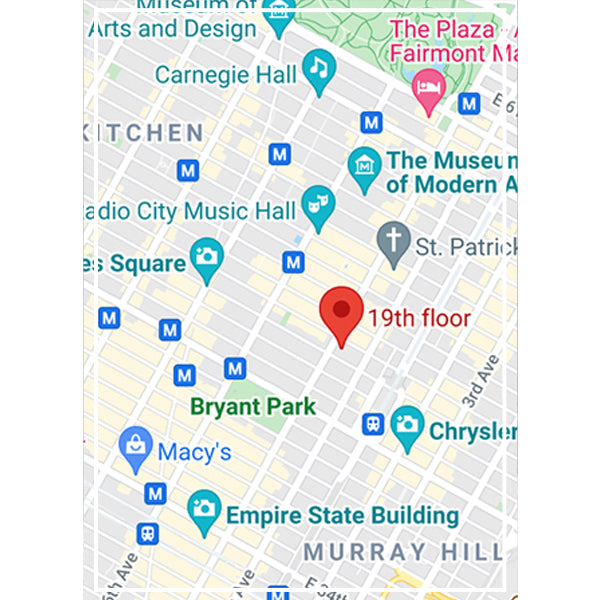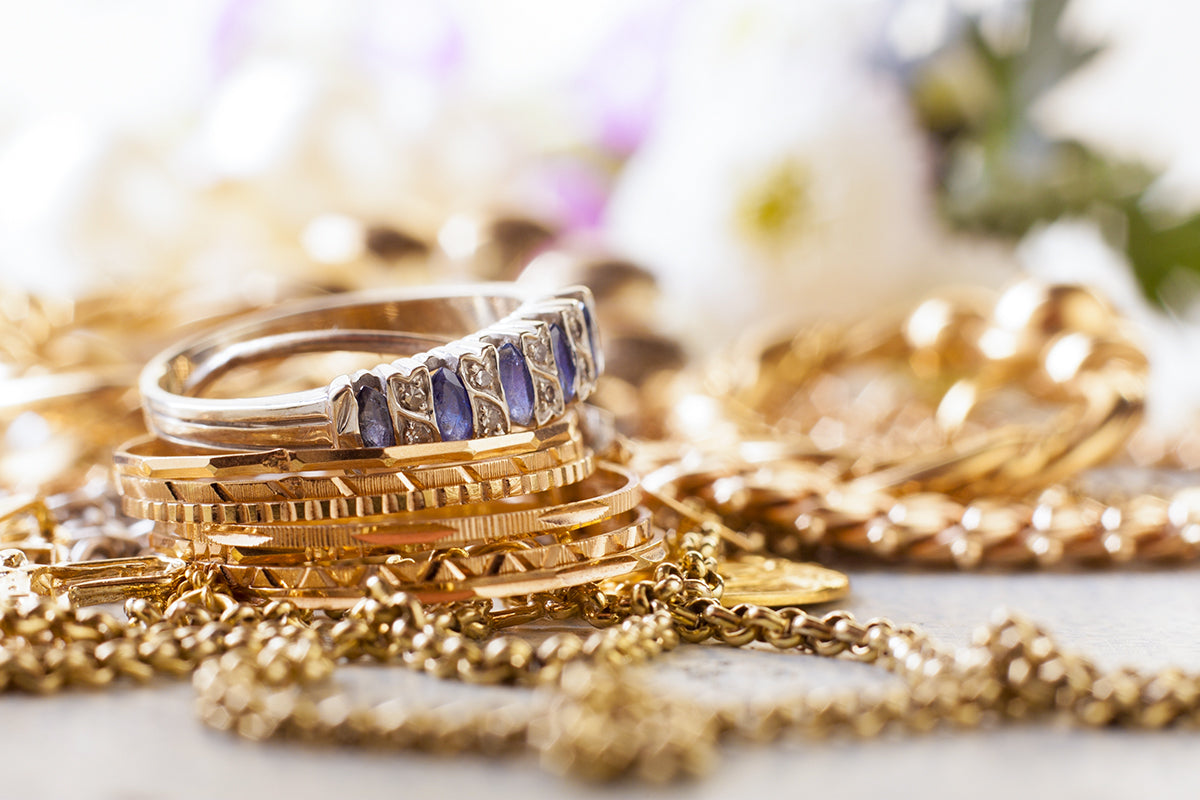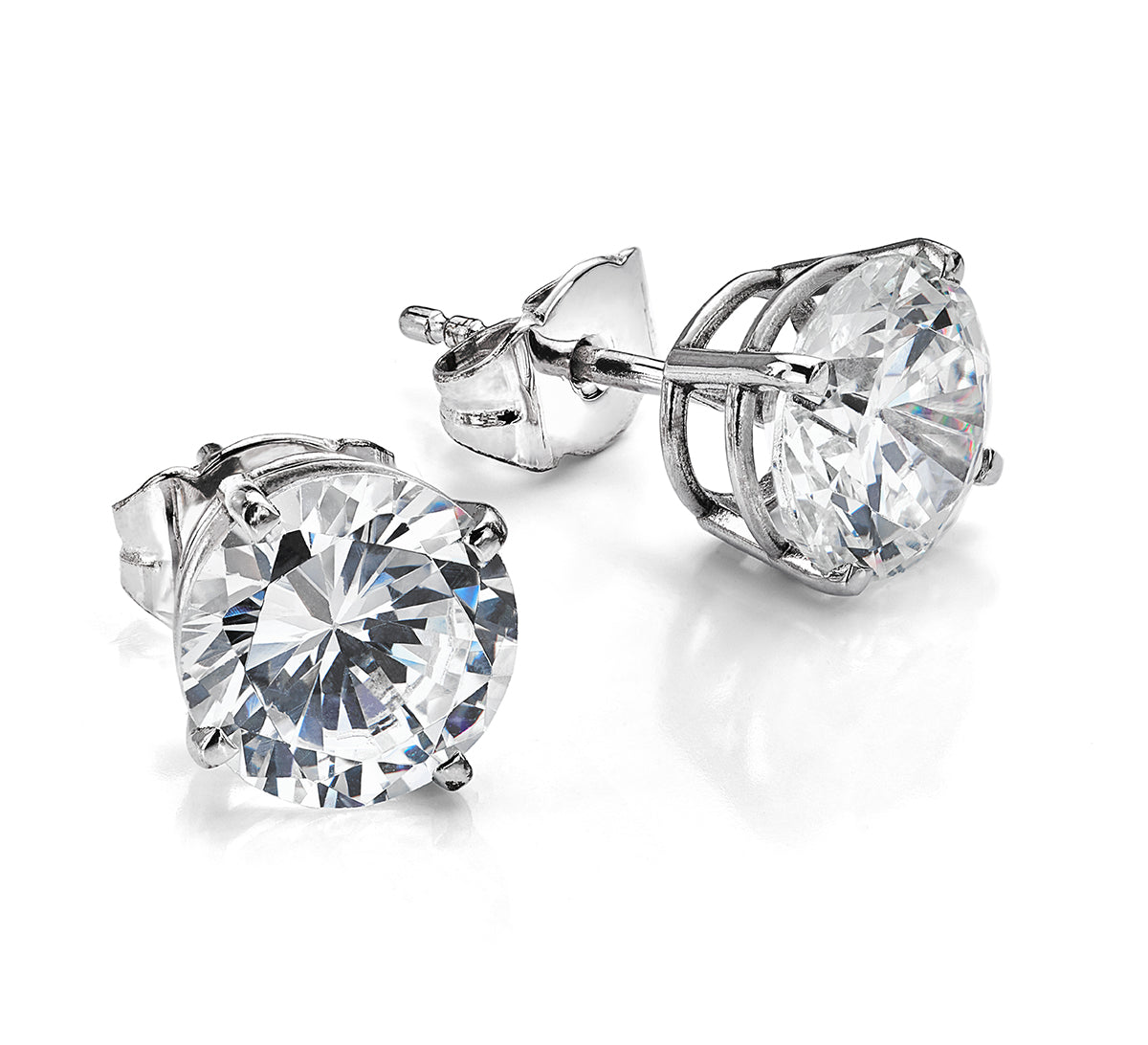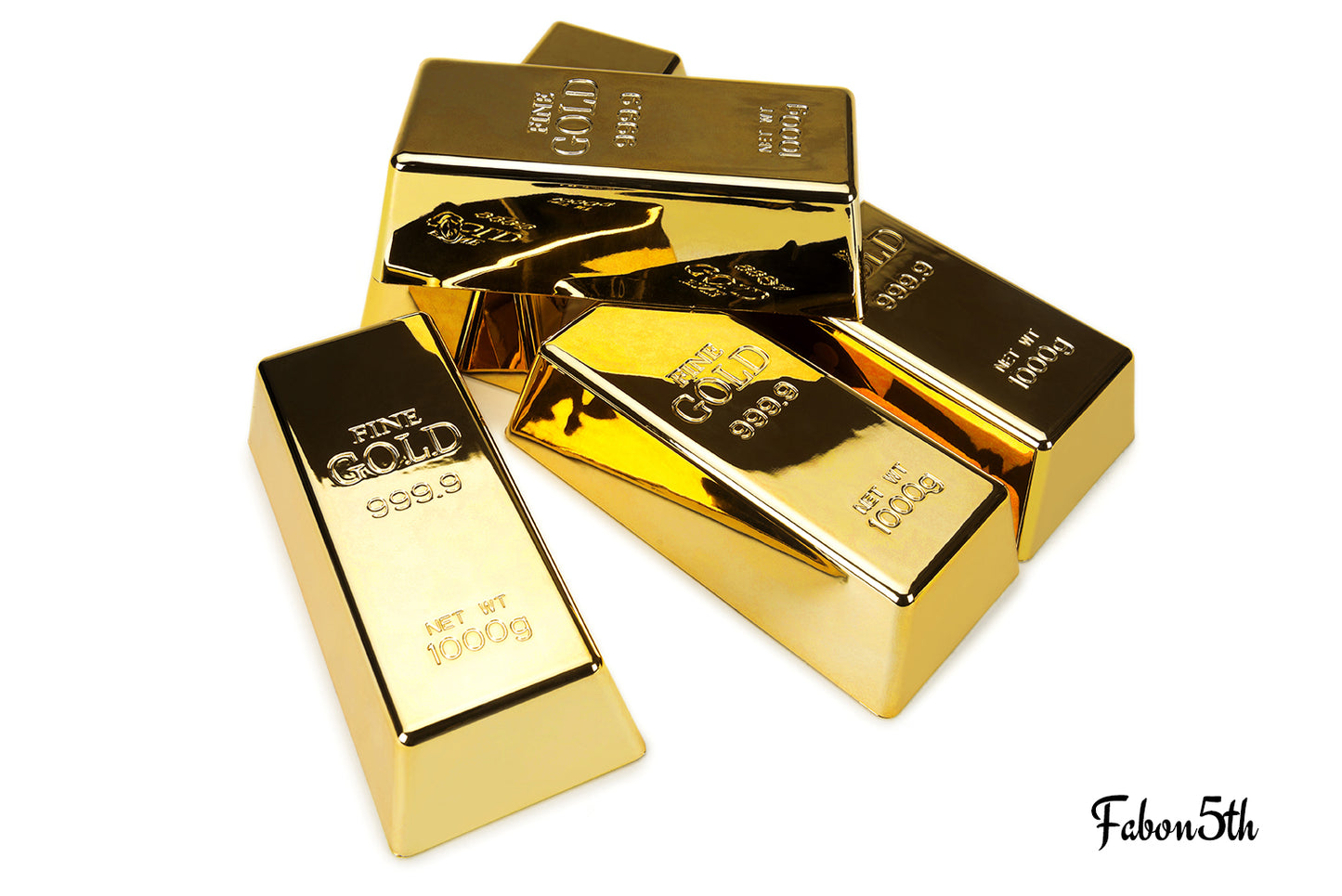
Diamond was first discovered and mined in India. In Sanskrit it was addressed as 'vajra', 'thunderbolt' and 'indrayudha' – warrior god Indra's weapon. Early descriptions of diamond date back to the 4th century BC, by when diamonds were a valuable material with mythology and symbolism surrounding them for thousands of years.
Ancient Hindu mythology: In Hindu mythology, diamonds were associated with the planet Venus and were believed to have healing powers. They were also thought to bring luck, wealth, and success to those who possessed them.
Greek mythology: In ancient Greece, diamonds were believed to be tears of the gods and were associated with invincibility, strength, and courage. According to legend, Cupid's arrows were tipped with diamonds, making them even more powerful.
Medieval European mythology: During the Middle Ages, diamonds were believed to have the power to heal and protect. They were also associated with purity and were used in engagement and wedding rings as a symbol of fidelity and commitment.
Modern symbolism: In modern times, diamonds are often associated with luxury, wealth, and status. They are also seen as a symbol of love and commitment, and are often used in engagement and wedding rings.
Overall, diamond mythology reflects the enduring fascination and reverence that this precious gemstone has inspired throughout history. From its association with the gods to its modern symbolism, the diamond has captured the imaginations of people across cultures and time periods.










